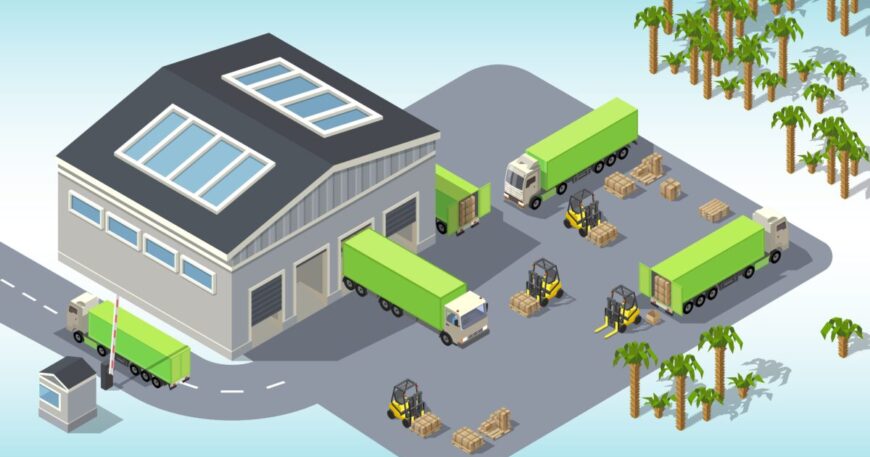Introduction:
In order to improve productivity, accuracy, and efficiency, warehouse digitalization involves incorporating cutting-edge digital tools and technologies into routine warehouse operations. A more flexible and responsive supply chain results from this transition, which enables companies to trace movements, manage inventories, and expedite procedures. Businesses can improve overall performance by implementing digital solutions, which eliminate manual interventions, minimize errors, and guarantee faster, data-driven decisions.
What is Warehouse Digitalization?
In addition to substituting digital systems for paper records, this transition aims to establish a networked environment in which information flows freely between processes. It includes everything from automatic tracking and scheduling to real-time shipment monitoring, allowing for accurate and dependable inventory management. The objective of digitizing a warehouse is to develop a system that can effectively manage the demands of contemporary logistics while being transparent and responsive.
Key Features of Warehouse Digitalization:
1. Automatic Surveillance: Digitalization of warehouses brings automated solutions for real-time inventory, equipment, and operation monitoring. This lessens the need for manual checks and makes it possible to obtain precise and current information about asset status, stock levels, and workflow effectiveness.2. Integration and Analysis Data Warehouses can combine data from multiple sources into a centralized system through digitization. Because operators have access to thorough data about movement patterns, inventory usage, and supply chain performance, this makes analysis and decision-making easier.

4. Improved Inventory Control: Accurate tracking of inventory levels, movements, and storage locations is made possible by digitization. This visibility guarantees efficient stock management, reducing the possibility of stockouts or overstocking and facilitating timely replenishments.
5. Enhanced Security and Safety: Safety and security precautions are improved when technology is used for warehouse management. Controlled access, monitoring, and tracking are made possible by digital solutions, which lower the risk of theft or illegal entry while guaranteeing adherence to safety regulations.
Conclusion:
A key component of developing a flexible, effective, and future-proof logistics operation is digitizing the warehouse. It enables companies to make data-driven decisions that improve efficiency and profitability, manage resources, and adjust to shifting demands. Businesses may turn their warehouses into intelligent hubs prepared to handle the demands of the contemporary supply chain by embracing digital technologies. Please contact us at info@lentera.in with any questions.




